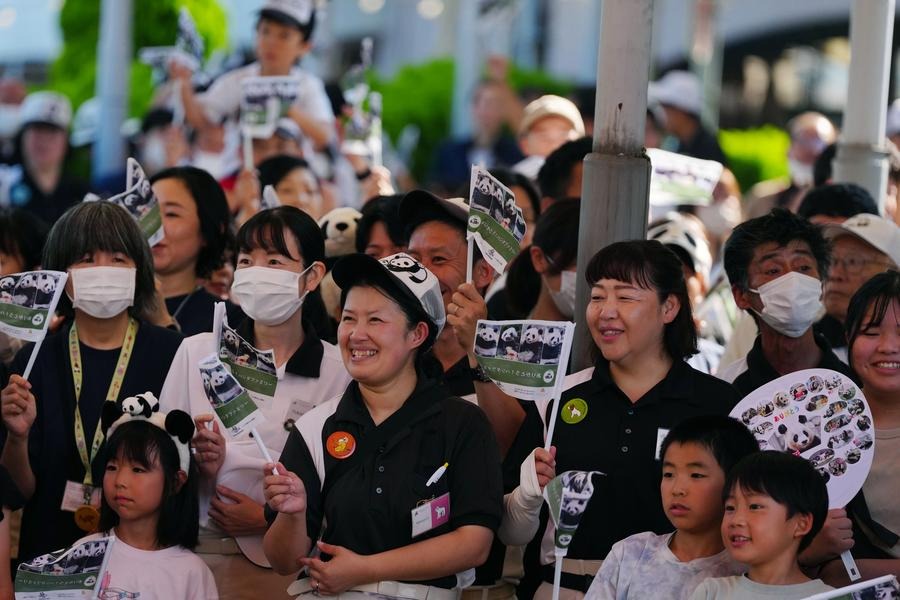Enduring allure of Huizhou carvings in modern times


When businessman Huang Zhiyong walked into a traditional complex in Shiting village in Anhui province in 2012, he found the majority of the buildings lay in ruins. Parts of the wooden structures had decayed and walls had collapsed.
Located in Yixian county, Huangshan, Anhui, once a part of ancient Huizhou prefecture, the complex had served as the residence of an eminent merchant family for 10 generations. However, at that time, only two elderly people were living in it.
As rundown as it was, Huang was still attracted by the old buildings, especially the relatively well-preserved wood, brick and stone carvings, which in his eyes implicitly told stories of the past.
After hard negotiations over four years with 27 property owners of the complex and more than two years' renovation, he changed the 200-year-old complex into a village homestay, which is attracting people in hordes.
"The restoration process was just like an in-depth communication with historical buildings, which has endowed me with fulfillment and happiness," says Huang.
According to him, when talking about beauty, modern people often seek what only delights their eyes, but the beauty of traditional Huizhou buildings goes beyond that and can deeply touch one's heart. The wood, brick and stone carvings play a big part in the buildings' attractiveness.
"Since owners, often Huizhou merchants, had a major say in the design of the carvings, each piece was a tailored artifact containing creators' emotions and conveying owners' ideas about the pursuit of beauty, morality and goodness or family traditions to educate their offspring. No two carvings are alike. In this way, the carvings actually help make the buildings unique," says Huang.
Reading the exquisite carvings with rich connotations, he not only upholds tradition with reverence but also finds tranquility, a sentiment he aims to impart to all who visit.
"To my surprise, many people share my feelings when they visit the complex. That is the charm of traditional culture. We are all amazed by the precious architecture that can never be copied," he says.
"If I hadn't bought this complex, it would not have survived," says Huang, adding that as a typical Huizhou residence, the complex is made up of wooden structures which require people's care. When people left, the tiles loosened, frequent rain made the wooden structures rot and eventually led to its collapse.
Due to historical reasons, the complex was designed to be owned by 27 households. When families gradually moved to cities, other people found it difficult to repair the buildings without the owners' support.
"Therefore, I renovated the dilapidated complex into a homestay, aiming to extend its life through application, so that future generations will be able to appreciate its charm," says Huang.
Carvings, as integral components of traditional architecture, represent invaluable cultural heritage in contemporary society, imparting messages from bygone eras.
When veteran architect Cheng Jiyue worked as the general designer of the restoration project of Huizhou Prefecture Office, a historical site in Shexian county, Huangshan, he also applied proper carving elements based on building standards of the middle period of the Ming Dynasty (1368-1644), the time when the complex was rebuilt to its largest size in history.
Cheng says carvings are also widely used in pseudo-classic buildings. For example, he built Chunhua Garden, a Huizhou-style complex in Frankfurt, Germany, in the 1980s with many carvings, all of which were handmade to show the superb skills of Huizhou craftspeople.
Pan Guodong, manager of a Huangshan-based company specializing in the restoration and construction of historical and pseudo-classic buildings, says about 70 percent of their businesses are designing and constructing pseudo-classic buildings, mostly with Huizhou-style carvings.
These are often landscape architecture built in scenic spots, historical and cultural areas and in the public spaces of residential areas, or hotels and restaurants, says Pan.
























